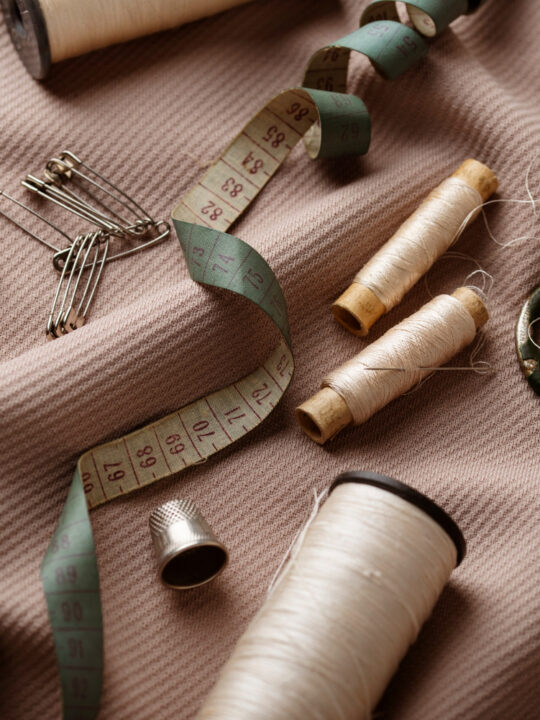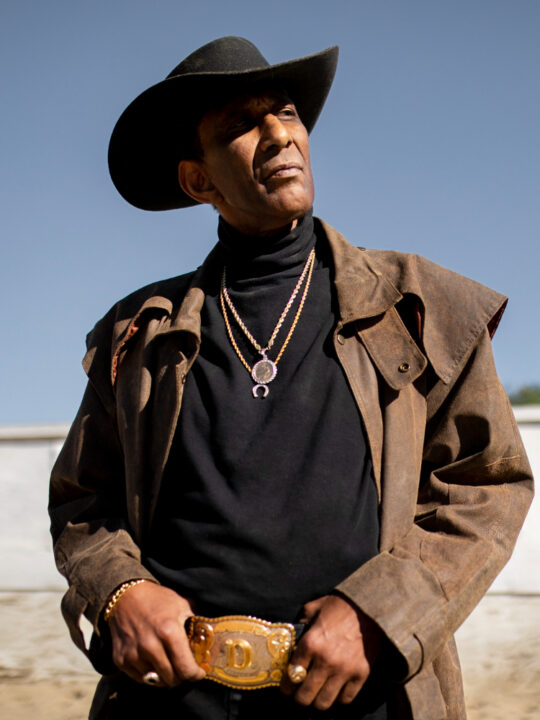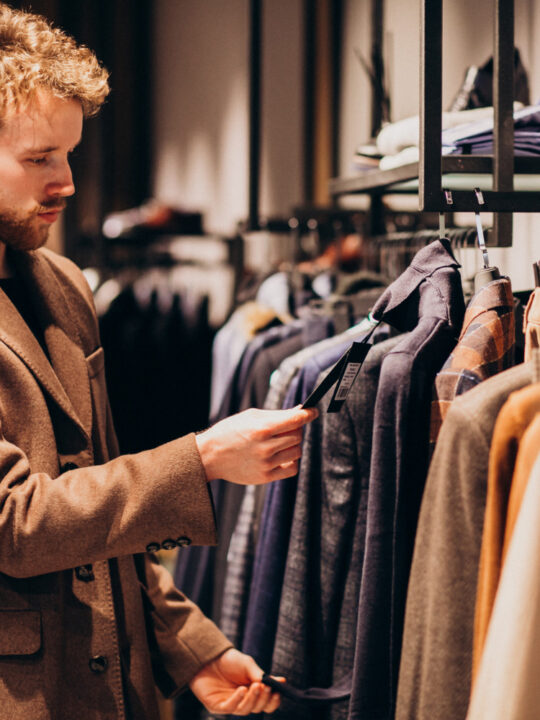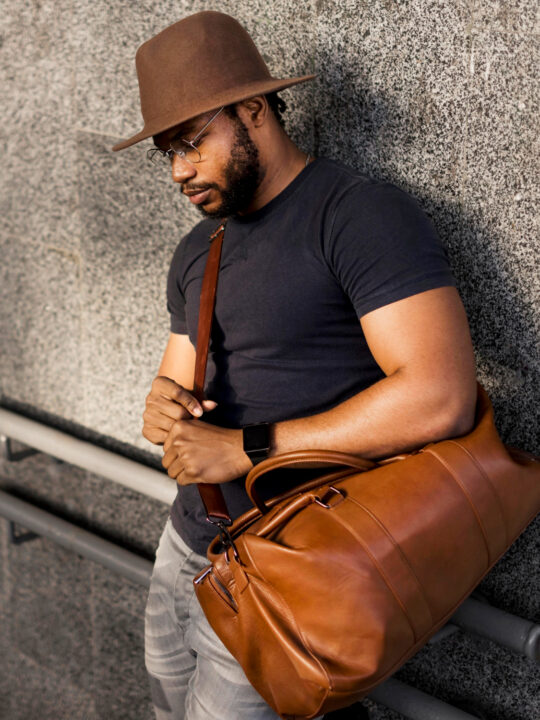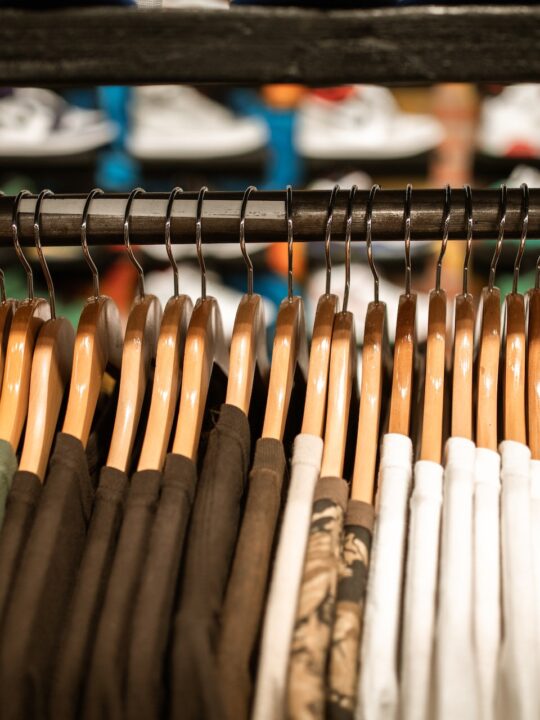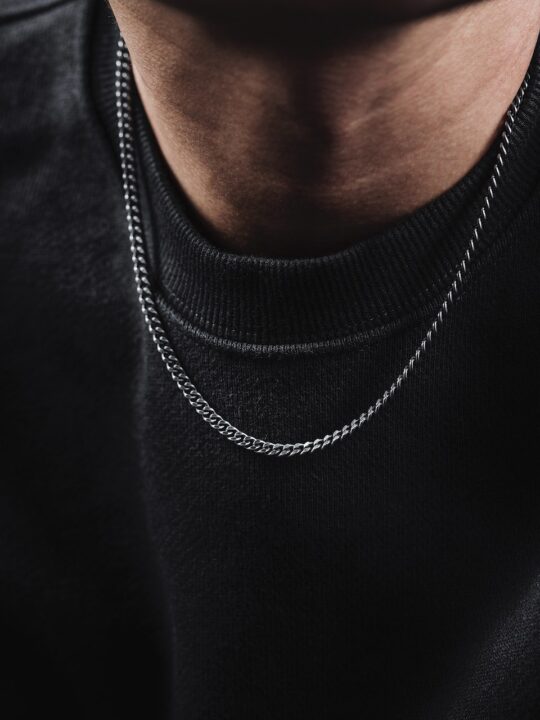
Have you ever been suspicious that a diamond chain you were sold wasn’t real?
With diamond chains being such a high-value purchase, it’s pretty typical to be at least a little skeptical about its authenticity, especially if it doesn’t come with a GIA certificate.
Today we’ll help you learn how to spot a real diamond chain, even in a pile of fakes.
There are two great ways to help remove worry and uncertainty about the genuineness of your diamond chain. First is to avoid purchasing diamond chains that are not certified completely. Trusted vendors, like itshot.com, sell only high quality, GIA certified men’s chains.
Does your chain flip over while being worn?
If while your chain is around your neck, it continually flips over to the opposite side and keeps kinking, this is a sure sign that your diamond chain is fake. This happens because artificial chains are very lightweight, which enables it to flip over often.
The classic fog test
Place the stone at the front of your mouth and breathe on it like you would a mirror.
If the fog lasts for a couple of seconds, it’s probably a fake — if it’s a real diamond, the fog will disappear almost immediately.
If you repeatedly breathe on a fake diamond, you ’ll notice condensation swill tart to build up. With each exhale, the artificial stone will continue to build up with fog, while the real one will still be clean and clear.
Check the setting and mount
A real diamond chain is not likely to be any type of cheap metal. The setting number will indicate what its made of. Platinum or real gold is a good sign. However, a “C.Z.” stamp will give away that the center stone is not a real diamond. C.Z. (Cubic Zirconia) is a kind of synthetic diamond.
Use a jeweler’s loupe to observe the diamond
Usually, you can borrow a loupe from the jewelry store.
Diamonds that have been mined (aka real diamonds), tend to have small natural imperfections called “inclusions,” that can be seen with a loupe.
Keep an eye out for very slight color changes or flecks of minerals. These are both signs that you’re dealing with a real, albeit imperfect, diamond.
A gem that is too perfect is usually a fake.
However, there is a slight chance that a real diamond will be flawless, so don’t use imperfections as the only factor to determine whether your diamond is real or not.
Study the reflections
An authentic diamond’s reflections usually show up in different shades of gray.
Look directly down through the top of the diamond. If you notice rainbow reflections, you’re either dealing with a low-quality diamond or a fake.
You can also try checking for “sparkles.” An authentic diamond will sparkle much more than a piece of glass or quartz of equal size.
Be sure you do not confuse sparkle with reflection.
Sparkle has to do with the intensity of the light that’s refracted by the cut of the gem, while reflection refers to the color of the light that’s refracted.
So look for intense light, not colored light.
Conclusion
The only way to be 100% sure that your diamond chain is real is if there is a certificate from an established grading authority. If you purchased your chain at a pawn shop, a flea market, or a website, you are taking a risk.
At the end of the day, how important is it to you that your jewelry is real or fake? If it’s not that serious than just enjoy wearing it despite whether your chain is real or not. If professionals can frequently be fooled, then so can the people observing your jewelry.
